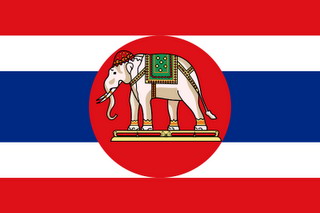


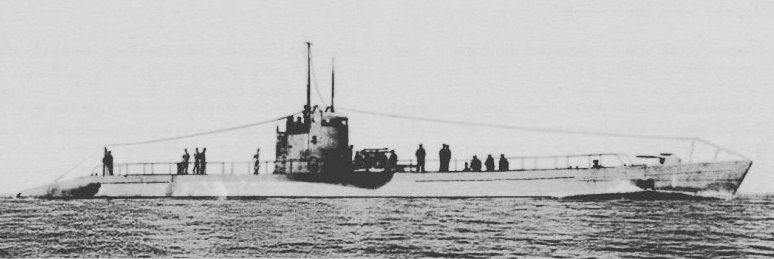
© 2016 Bob Hackett

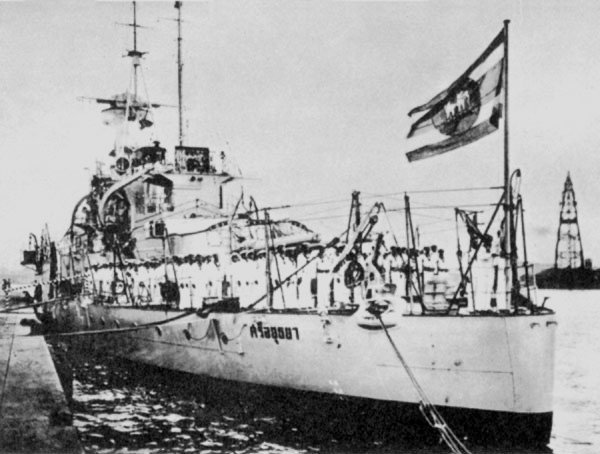
On 22 June 1940, the ill-equipped, demoralized and poorly led French Army collapsed and France fell to the Germans. As revenge for Germany's WW1 defeat, Hitler chose the same site at Compiègne forest at which the 1918 Armistice was signed in a railway car. Hitler ordered the coach, that had been kept in Les Invalides in Paris after the Treaty of Versailles, be taken to the exact spot where the 1918 Armistice was signed. The 1940 armistice was signed in the same coach. Afterwards, the coach was removed to Berlin.


Soon thereafter, the French formed a Vichy government that collaborated with the occupying Nazis in France and their overseas colonies including Vichy French Indochina (now Vietnam, Laos and Cambodia).
On 24 June 1939, Siam changed its name to Thailand. Franco-Thai War:
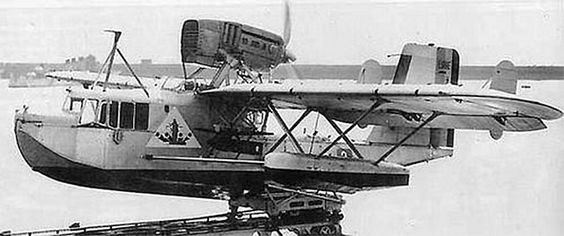
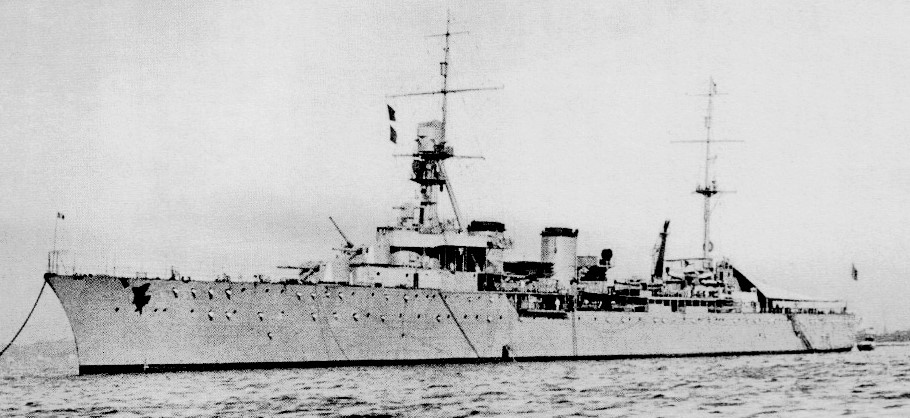
17 January 1941: The Battle of Ko Chang (Elephant Island):
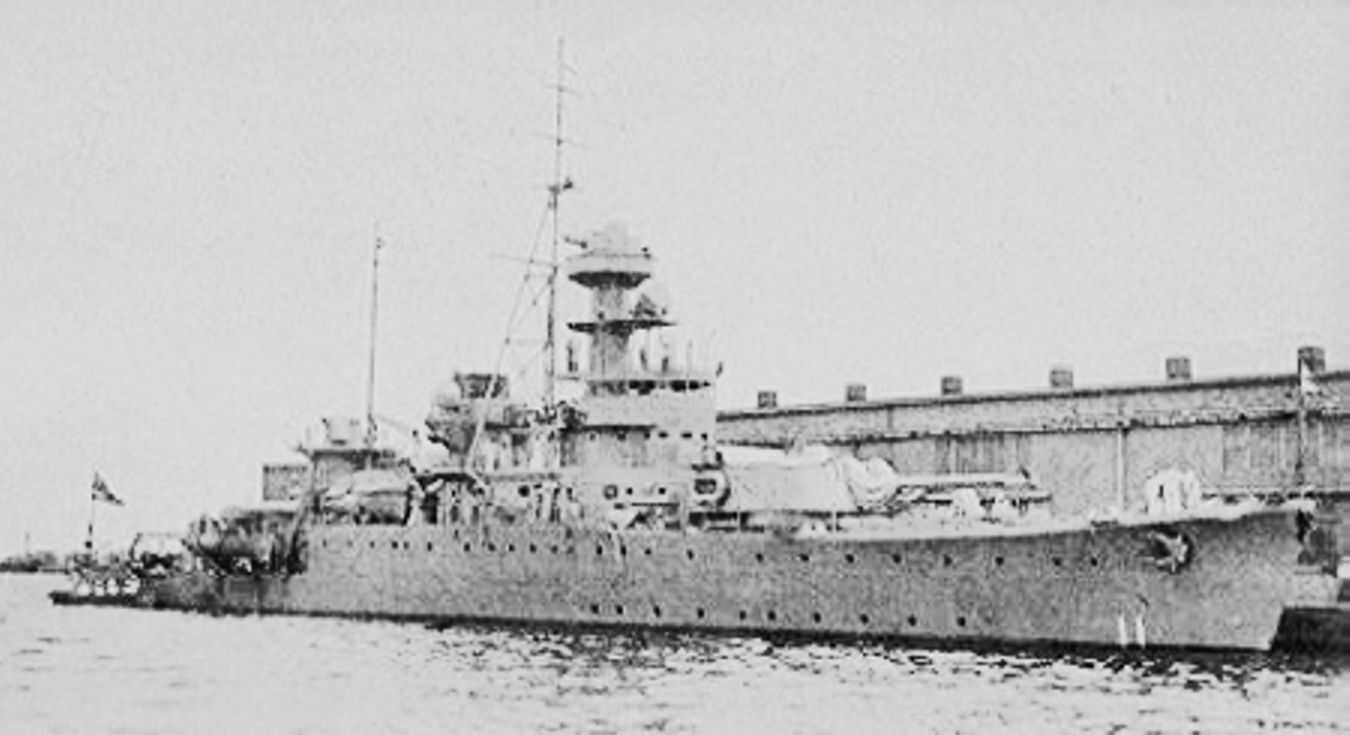
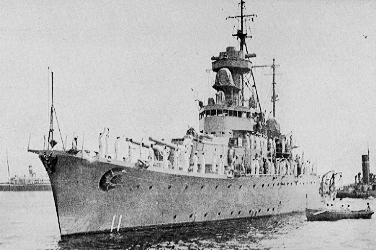
Following the battle, the submarines were sent to patrol the vicinity of Ream Naval Base in present-day Cambodia, but no further naval confrontations occurred. 31 January 1941:
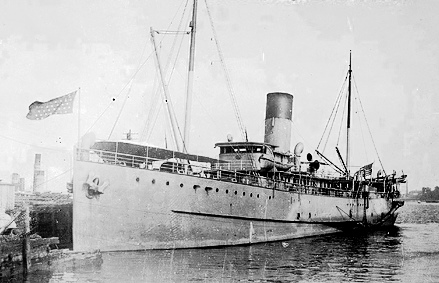
30 June 1951:


